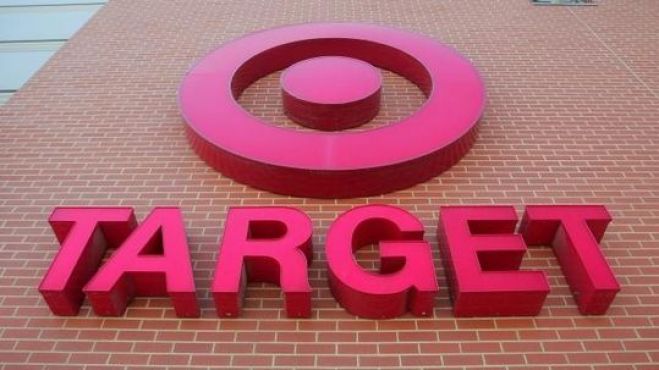Recession-scarred Millennials fuel growing interest in tiny homes
Chapter OneLIVING TINY: A RECESSION LESSON There are apartments, condos, mansions and now, increasingly — tiny houses.Millennials, some of whom watched their parents struggle to pay mortgages or hold onto their homes and jobs — or lose them — during the Great Recession, often relish the chance to funnel money toward paying off student loans and to live debt free. A small, but growing number of them are opting for a pared-down way of life residing in structures no bigger than roughly 400 square feet. There are now an estimated 10,000 tiny houses as people look to take on less financial risk. This has become especially popular for millenials who are looking for cheaper options as they deal with an inconsistent job market and student lone debt. The number of people living in tiny homes is still, well, small. There are now an estimated 10,000 tiny houses in the U.S. But that's up from just a couple hundred less than five years ago, according to Ryan Mitchell, a tiny house dweller, blogger and author. The tiny-house life is particularly popular with those under the age of 35 and Baby Boomers, and has sparked a wave of TV shows, blogs and even an annual conference dedicated to this alternative way of living.“Millennials saw their parents and friends lose their homes and work in jobs that they didn’t really like," says Mitchell, who founded an annual tiny house conference that held its third-annual gathering in April in Asheville, N.C. For Baby Boomers who saw their retirement savings take a hit during the recession, “Tiny houses give them the option to still retire, and they can live where they like. ... It’s an elegant solution to a lot of problems that a lot of people are facing today. It’s not for everyone, but…
Read more...















